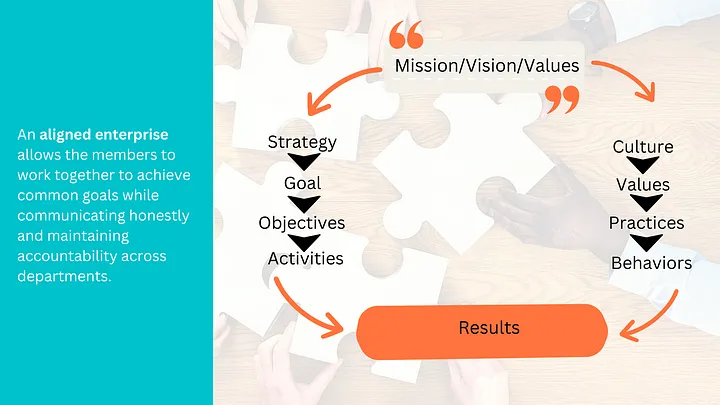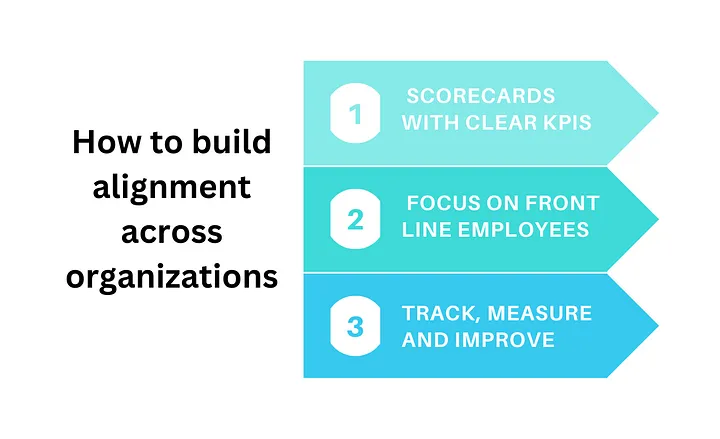
Nov 2, 2018 | 3 min read
The Critical Organizational Design ingredient that India’s Child Welfare System misses
Protima Sharma
Radha was found in a railway station when she was three years old. She was hungry, alone and confused. Her family could not be traced, and she ended up languishing in a child shelter for four long years. There are many such Radhas and Kisans in India.
By various counts, close to 4,00,000 children are growing up in shelters. Only 1 in 200 gets a chance to match to a waiting parent for adoption. At the current wait period for a registered parent, it takes close to 3 years to adopt a child legally. On the face of it, India seems to be doing everything right for its vulnerable children growing up in 7500+ child shelters situated in 766 districts across the length and breadth of our vast country.
The recently amended Juvenile Justice (Care and Protection of Children) Act 2015 governs all aspects of managing vulnerable children in CCI (Child Care Institutes commonly referred to as shelters or orphanages). The roles and responsibilities of each stakeholder are well-defined at the centre, state and district levels. Comprehensive processes covering all aspects of child management in a shelter and child adoption are defined to the tee.
A regulatory authority, CARA (Child Adoption Resource Authority), has been created to monitor all child adoptions with extended arms, SARA (State Adoption Resource Authority), in every state.
Evaluate this against Galbraith Star Model for Organizational Design, and you will find that almost every aspect of design has been addressed. But why are children not being matched to waiting parents? Why are our adoption numbers so low? There are various reasons for this (for details, please refer to Child Shelter Study 2020 ), But if I were to put my finger on the most vital, it would be the complete lack of Organizational Alignment.
A cursory glance at Organization Design literature would tell you why alignment matters. An aligned organization is glued together with a single strategy, a common objective and a shared purpose.

In the corporate sector, organizational alignment is considered paramount. Top management spends precious executive hours creating SMART goals, aligning them with business strategy, building objectives for every unit and ensuring that the individual KPIs are sharp. They try to bring every member’s focus to the same purpose, albeit from different perspectives. It is well understood that even if a process breaks or particular competency is missed, as long as people know what to focus on, they will continue to take the best decisions that deliver performance.
But try exploring the child welfare mechanism, from the ministry in Delhi to a child shelter in a remote village in Aurangabad, and it becomes apparent that instead of a child-centric organization, we have created a loosely cobbled network of entities, each centred on its own immediate needs.
Simply put, any child shelter should exist to provide a temporary safe place for the child while a permanent family is identified. Having a family (biological or adoptive) is in the child’s best interest, as any upright officer in the WCD (Women & Child Development) ministry will tell you. But the people managing the shelters have created a notion that they ‘own’ the children. Often the middle name of the children is the name of the shelter Director. It is a noble thought but highly misplaced.
Despite the government recognizing that adoption is in the best interest of an orphaned child, no incentives exist for shelters to match the children to a waiting parent.
A quasi-judicial body, a Child Welfare Committee(CWC), is created in every district. This body is authorized to decide the most suitable option for the child after analysing her circumstances. You would often find the adoption mindset missing. Instead of thinking of the child’s best interest in the long term, CWC members were often attracted to the safest option in the short term.
As a society, we have become conditioned to think that if an orphan child has a roof over her head, 3 square meals and a chance to go to school, that is more than enough. We take pride in donating to orphanages, and adoption is still a hushed conversation. Almost unconsciously, these good intentions have turned what should have been a temporary safe place for a child into a permanent boarding that can, at best, be called a hostel but never a home.
What can be done?
Building alignment is hard work but achievable. We see that in specific pockets. Where the Commissioner (WCD) of the state has made efforts to drive the importance of child centricity across the rank and file, it resulted in shortening the average length of stay of a child in the state’s shelters. Progressive shelters also play the role of Specialized Adoption Agencies for the district, trying their best to bring eligible children to the national database. There are conscientious CWC members who diligently advocate for safe surrender instead of abandoning a child at a shelter. Every child moving to a family, restores our faith that someone somewhere did right by this child.
In the corporate sector, three clear strategies are used to ensure every employee aligns with the vision.

1. Ambitious yet simple scorecards are created at all levels with clear KPIs ( Key Performance Indicators). If the shelters and CWC of the district get their performance ranked as per % of children admitted that get reunited with biological families or adopted by new families, this would change their perspective.
2. Extensive Communication and training the front-line supervisors. No amount of strategizing helps if front-line supervisors do not buy into the vision. The state and centre employ over 30,000 front-line workers. Each of them needs to be on board to build a child-centric culture.
3. Track, measure and improve. Companies conscious of alignment continuously seek feedback from customers, vendors, employees and shareholders on what matters most. Digitalization has helped to streamline the tracking of critical measures. AI based tools are being used to detect ambiguities in process handoffs and simulate productive organizational design. There is a vast scope of digitalization in the child welfare mechanism. Even if a start were made to use technology to get the correct count of children, track and measure the time spent by them in shelters and the reason behind it, it would start a chain reaction resulting in permanent rehabilitation of children in the most optimal time.
With an updated JJ Act and adoption guidelines, the centre is taking steps towards stronger child centricity. More needs to be done for on-ground implementation. Even with small measured steps, it is essential to map every unit that contributes to child welfare in the country, bring key spokespersons and leaders on the same page, and create a clear linkage between purpose and performance measures.
It is easier said than done. But we owe it to our children to keep trying.
About the author
Protima Sharma is the Managing Partner at PeopleWiz Consulting and leads the Organization Design Consulting Practice. Protima is also a co-founder of WAIC( Where are India’s Children), an NGO focused on bringing orphaned and abandoned children into families through adoption.
More Blogs

May 15, 2018 | 3 min read
6 valuable Business Lessons the sitcom “F.R.I.E.N.D.S” taught us
Like everyone else in the world, I am a huge fan of the 90’s sitcom Friends...
Read More
May 15, 2018 | 3 min read
6 entrepreneurship lessons from my 11-month old daughter!
Babies are born entrepreneurs. They step into unchartered territory with enviable confidence...
Read More
May 15, 2018 | 3 min read
6 valuable business lessons that my clients taught me
Happy 6th birthday, PeopleWiz! It’s that day again when we take a pause and look back...
Read MoreDelivering the future of workplace